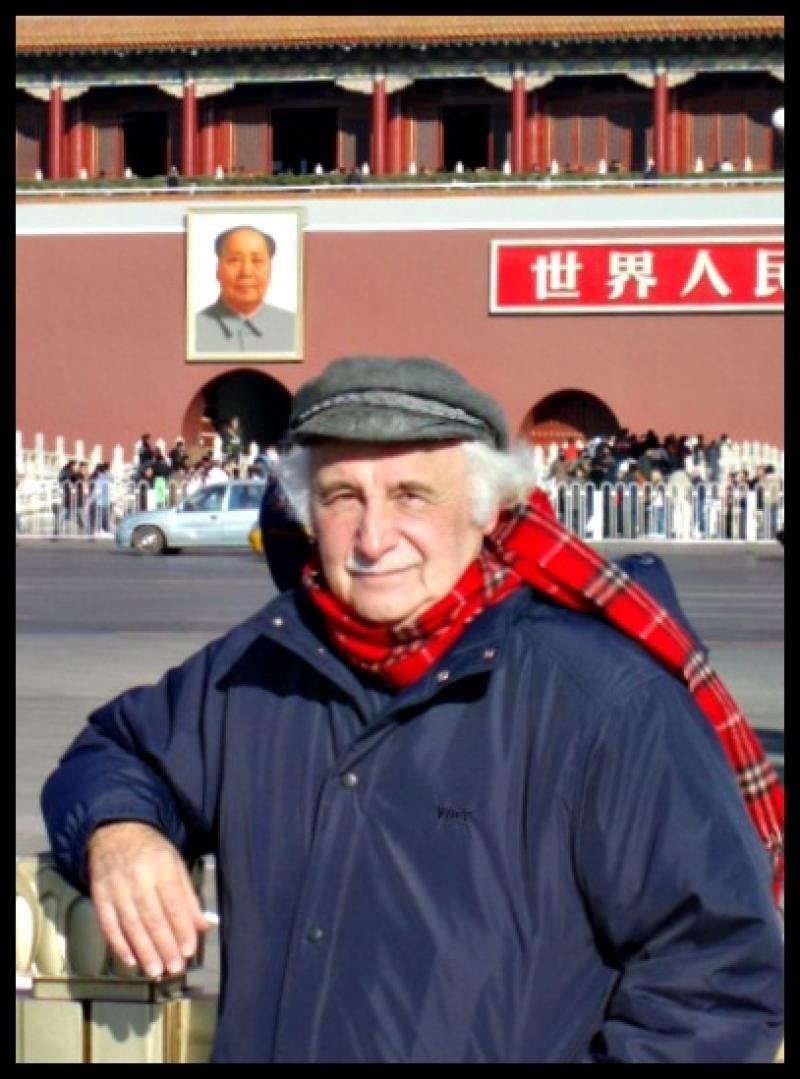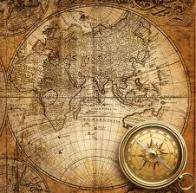THE FORBIDDEN CITY (a/k/a THE PALACE MUSEUM)
THE FORBIDDEN CITY (a/k/a THE PALACE MUSEUM)
Four months after I arrived in China, during Christmas of 2006, a colleague and I took a Beijing tour that took us to The Great Wall, the Emperor's Summer Palace, the Ming Tombs, the Lama Temple, the Temples of Heaven, Tiananmen Square and across from the square, The Forbidden City. I passed on seeing the mummified body of Chairman Mao. I will limit this photo essay to The Forbidden City, the main Palace of the Emperor in China.
While we toured the museum, we were told some historical stories about it. There are many bedrooms in many of the buildings, because the Emperor was always afraid of being assassinated so he would sleep in a different bedroom ever night. His paranoia stretched to being afraid of an assassin tunneling from outside so the grounds and main floors are yards thick stone. There was reason for his paranoia. One of his concubines, whose father the Emperor had executed, when she was brought to spend the night with him hid a knife in her gown and attempted to assassinate him. From that point on the concubines were brought naked into his bedroom.
1. The main entrance to The Forbidden City.

2. The main palace building. Obviously I didn't take that photo.

3. The Emperor's throne room.

4. The Empress had her own throne room.

5. This statue was probably of one of the Emperors. I don't know what those paper scraps are in front - it isn't money donations, but maybe they're wish lists, like for Santa Claus.

6. I don't remember what this chamber was for. Take note of the walls and ceiling.

7. The roofs of many of the buildings within the complex.

8. The number of figures on the corners of the roofs designate the building's importance. This was a very important building.






Taking you on a trip upon my magic swirling ship....
Thank you, Buzz.
Excellent shots Buzz. The decoration (both interior and exterior) is always colorful and detailed. Chinese architecture always seems to embrace bright colors. The only place I've seen that can match it is St. Petersburg.
Great photos, Buzz.
Why do the Chinese build their roofs like that? Do you know?
I don't, but 'bing' (like google) does.
Very interesting. I always thought that it was done for purely artistic reasons. The structural reason also explains why so many of the European cathedrals, particularly Notre Dame in Paris, have external trusses (flying buttresses) against the walls. That too was obviously done, not just for the sake of artistic beauty, but to hold the walls up under the stress of a roof that was too heavy for the walls. In both the Western and Chinese buildings, master architects have combined structural strength with beauty in a way that allows lovely buildings to still stand up for hundreds of years.
Another great photo essay, Buzz.
Ah, I left one out.